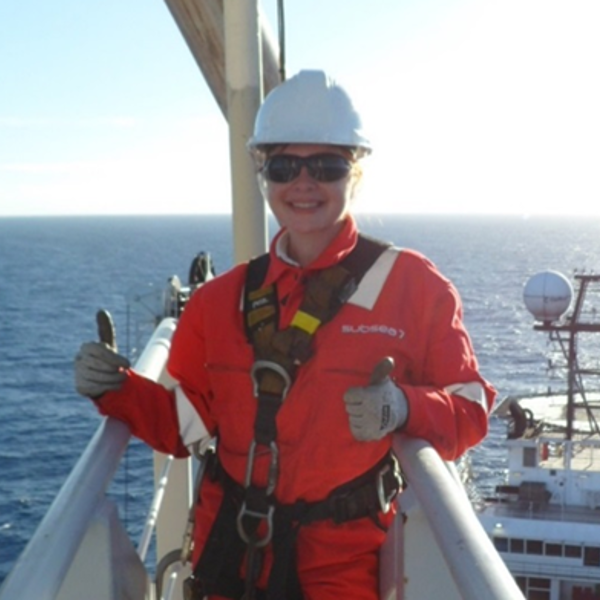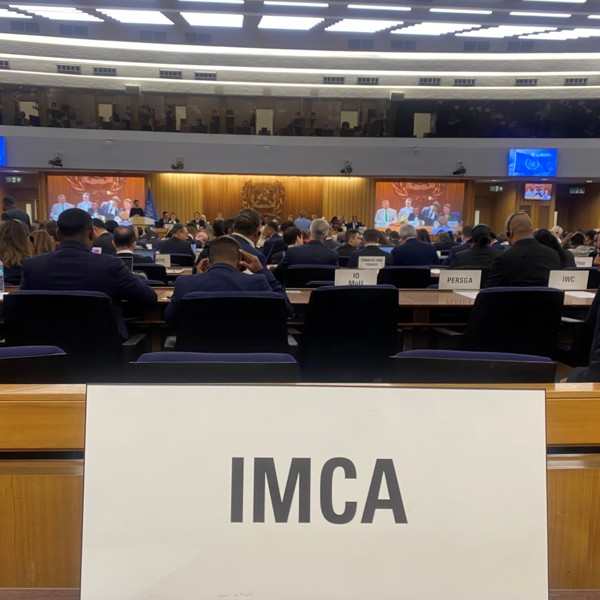The International Maritime Organization (IMO) meets this week (14 to 17 October) at an extraordinary session to consider the adoption of the IMO Net Zero Framework (NZF).
If adopted, the NZF will mark the biggest change to the MARPOL Convention in its 52-year history. However, this is not a foregone conclusion.
Historic Meeting at IMO
Member States will consider the adoption of the NZF at an extraordinary session of the IMO’s Marine Environment Protection Committee (MEPC ES2). The NZF was approved at the 83rd session of the MEPC in April this year.
The package of measures comprises of two elements:
- A global fuel intensity standard (GFI) measuring how much greenhouse gas is emitted for each unit of energy used, that ships must reduce over time,
- An economic measure, that will require ships operating above GFI thresholds to pay to balance their excess emissions, while those using zero or near-zero GHG fuels or technologies will be eligible for financial rewards for their lower emissions profile.
The MARPOL Convention
The NZF is proposed to be incorporated as a new Chapter 5 in Annex VI of the International Convention for the Prevention of Pollution from Ships (the MARPOL Convention), which was adopted at IMO on 2 November 1973 and is the main international convention covering the prevention of pollution by ships. Annex VI of the Convention, which entered into force on 19 May 2005, addresses the prevention of air pollution. MEPC ES 2 has before it a text of a new Chapter 5 to Annex VI setting out the details of the NZF which, if adopted, will enter into force in March 2027 and take effect from 1 January 2028.
Requirement for adoption
There are 108 signatories to MAPRPOL Annex VI and adoption of the amendments requires two-thirds of the 108 parties (at least 72) representing at least 50% of the global gross tonnage.
However, several member states have signalled their concerns.
Bahrain, Iran, Iraq, Kuwait, Qatar, Saudi Arabia, Sierra Leone, United Arab Emirates, Venezuela, and Yemen have collectively submitted a detailed techno-economic analysis of the mechanism and measures proposed in the NZF and identifying their associated risks.
Their submission argues that the NZF is not achievable in current market conditions, may prove counter productive, and will not support the shipping sector to reduce its GHG emissions in a fair, equitable, and agnostic manner.
Specifically, the analysis indicates:
- Significant remaining gaps and ambiguity around key elements of the measures make their adoption premature,
- Steep greenhouse gas fuel intensity (GFI) trajectories and the large gap between base and direct compliance de-incentivise the uptake of lower-carbon fuels,
- There are limited incentives for the use of readily available transitional fuels as a direct consequence of the steep GFI trajectories,
- The risk of excessive revenue accumulation in the IMO Net-Zero Fund due to the combined effects of steep GFI trajectories and the narrow scope of rewards towards undefined zero or net-zero fuels, and
- The risk of the shipping sector segregating into "winners " vs others who will end up "paying to support winners".
In a further submission, Bahrain, Iran, Iraq, Kuwait, Saudi Arabia, Sierra Leone, and Venezuela present legal concerns regarding the adoption of the NZF, including inconsistencies with the MARPOL legal framework.
The United States has also identified issues and shortcomings that it says present unacceptable risks to the shipping sector and its energy transition goals, specifically:
- The proposed measures risk imposing significant economic burdens on the shipping industry and its customers, driving inflation for consumers,
- Affordable and proven transitional fuels like liquefied natural gas and biofuels are unfairly penalised under the measures, especially given the lack of clear existing alternatives,
- Rapid GFI reduction targets could lead to excessive revenue accumulation without achieving meaningful environmental goals, and
- The management and disbursement of revenues under the framework, which must be within the legal purpose of reducing air pollution from ships, is ill-defined and insufficient to ensure the efficacy of any emissions reduction framework.
Estimates suggest that the Net-Zero Fund will collect revenues of between $12bn and $15bn, effectively turning IMO into a financial institution. Among the key issues to be resolved is how the revenues collected will be distributed and according to what criteria. We know that some of the revenues will be used to reward the use of Zero and Near-Zero GHG emission technologies, fuels and/or energy sources.
For a detailed review of the NZF see Information Note 1705 (IMO approves its Net Zero Framework (NZF)).
If adopted, a series of associated guidelines will have to be developed.
Related issues include the safety of alternative fuels, such as ammonia and hydrogen, and IMO has a separate workstream on the ‘’development of a safety regulatory framework to support the reduction of GHG emissions from ships using new technologies and alternative fuels” as well as suitable training and competency standards for those handling alternative fuels onboard, which will be considered as part of the review of the International Convention on Standards of Training, Certification and Watchkeeping for Seafarers (STCW).
For the moment, all eyes are on the IMO, where IMCA will be represented by members of the Marine Policy & Regulatory Affairs Committee together with Margaret Fitzgerald, Head of Legal & Regulatory Affairs and IMCA’s accredited representative to IMO. The MPRA Committee will host a seminar in Amsterdam on 12 November to analyse the outcome of the IMO meeting, among other recent legislation, and its impact on the offshore sector.
Seas of Change: Marine Policy and Regulatory Updates for Offshore Shipping



